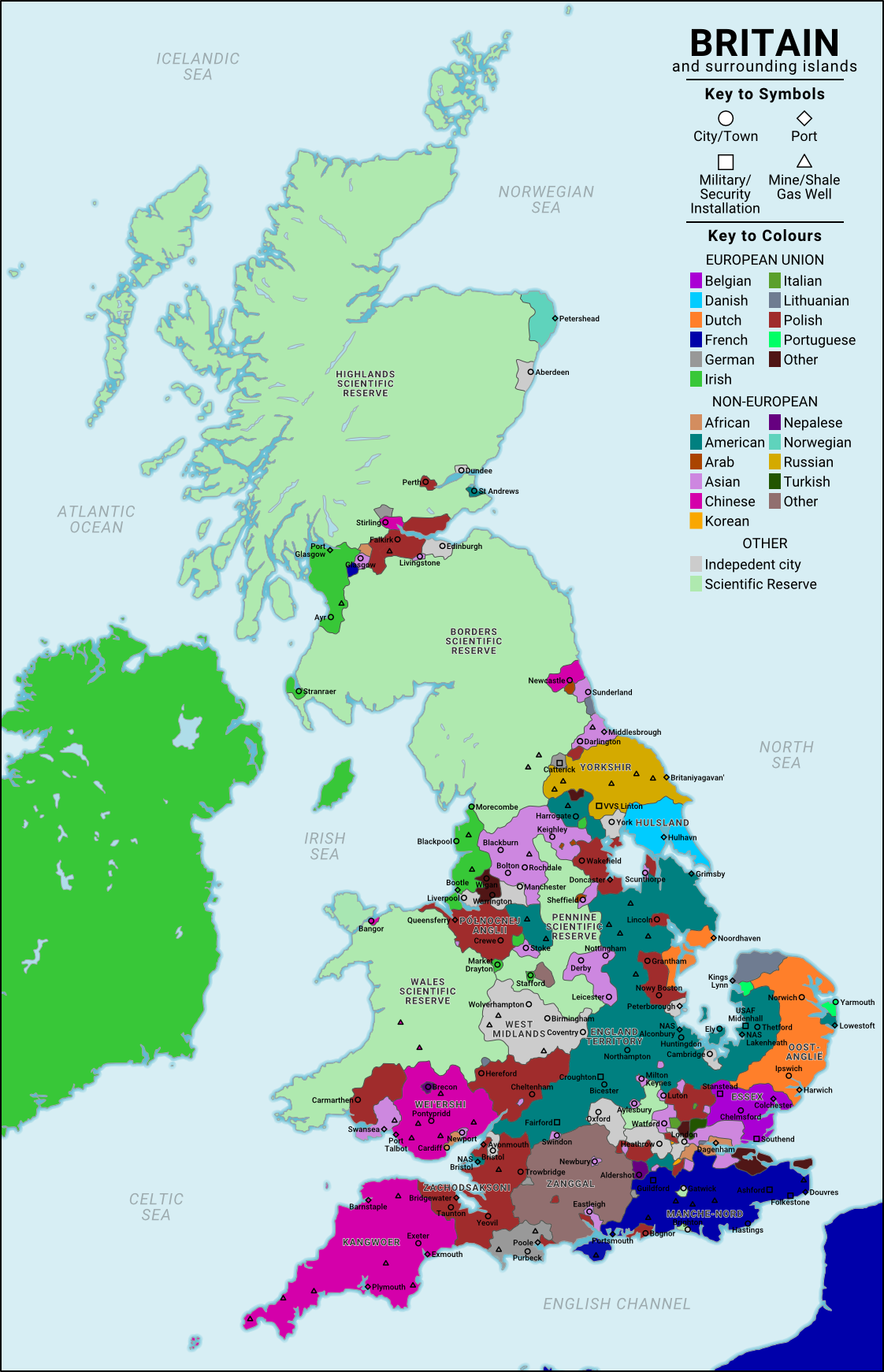Cross-posting my (just in time!) MotF entry.

"Leave Means Leave!"
On the morning of Friday 24 June 2016, Europe awoke to shocking, confusing and distressing news coming out of the United Kingdom. Rumours had been circling around the Internet and media outlets overnight that Brexit was happening and that the British people had chosen to leave. Then, nothing. Just as an official announcement to proclaim the results was expected, all communications from the UK suddenly stopped. People close to the British coast and living near the intra-Irish border reported a blindingly bright light and then complete darkness. As dawn broke it became clear that the British had truly left - all houses, factories, farms and roads had disappeared and been replaced with miles of unbroken woodland, and Low-lying areas which had been drained and reclaimed from the sea generations ago were now inundated. In fact, the only humans to remain where those who were those who were immigrants to Britain, foreign tourists and military personnel.
The strange and unsettling events of that fateful day are now a century past and Britain is now a fractured land. Britain's European neighbours' initial interests in the island were to secure their own maritime frontiers through a series of installations along the North Sea and Channel coasts. These have since grown into significant settlement areas with many of the "New Britons" speaking French, Dutch or Flemish as their first language. Further inland, the United States, China and Russia compete to extract the replenished natural resources, with the first's pre-existing military bases having provided them with an early advantage, although the Chinese, and now the Russians have caught up fast. Between these European "colonies" and superpower mining outposts lie the polities established by those who were left by the Event, the most numerous of whom are the Poles and various Asian communities (Indians, Pakistanis and Bangladeshis). Of note is the refugee-established nation of Zanggal on the south coast and the numerous multicultural independent cities. Of course, the one thing all these polities have in common is their quasi-legal status: shortly after the Event, the UN declared the territory of the United Kingdom to be an international scientific reserve and prohibited any nation from claiming land or establishing a permanent population on the islands, thus giving them a similar status to that of Antarctica. This declaration had very little practical effect however, and is now regarded as little more than a trivial curiosity. In fact most New Britons give it as little thought as they do to whatever happened to those than voted to leave 100 years ago.
